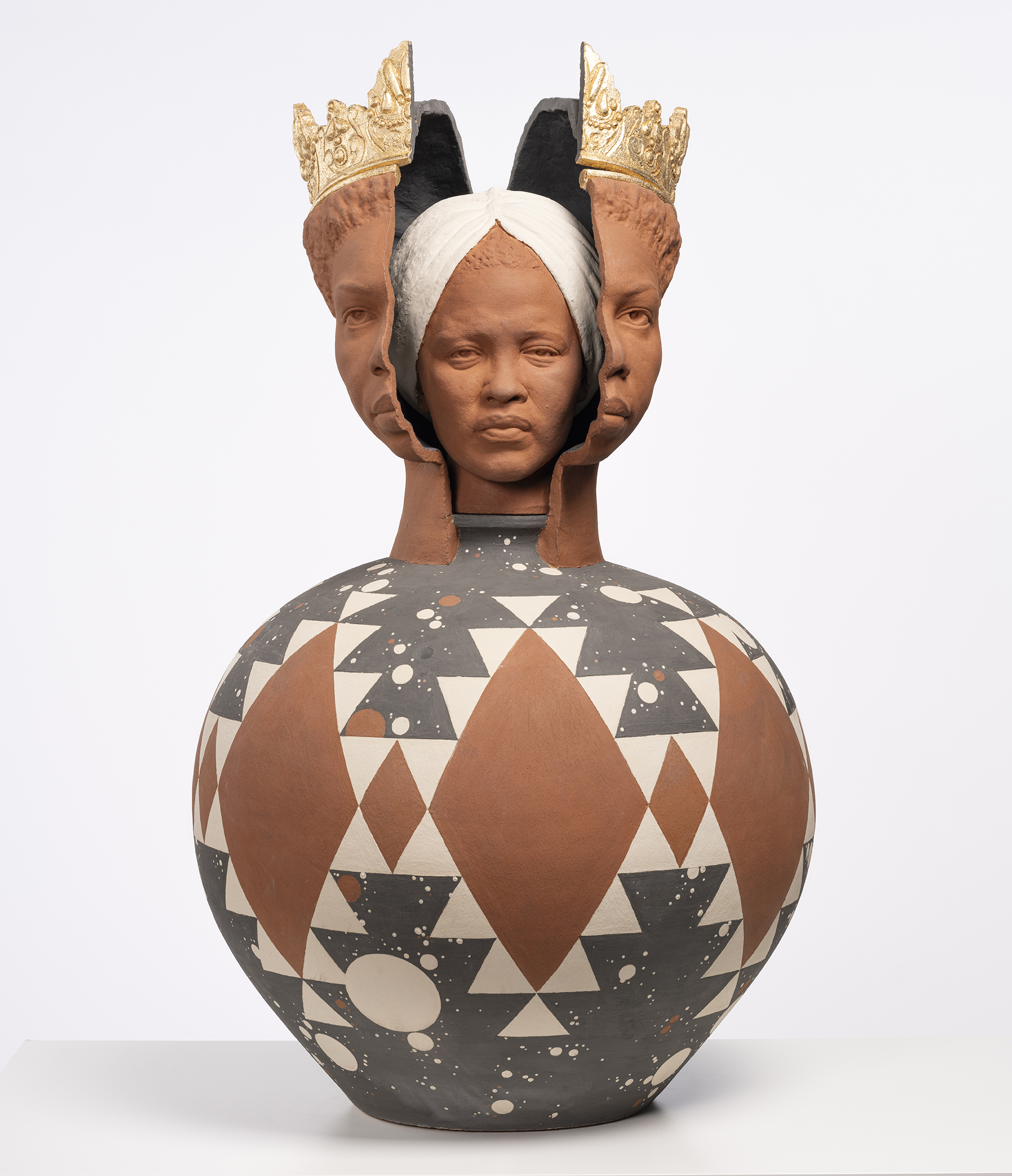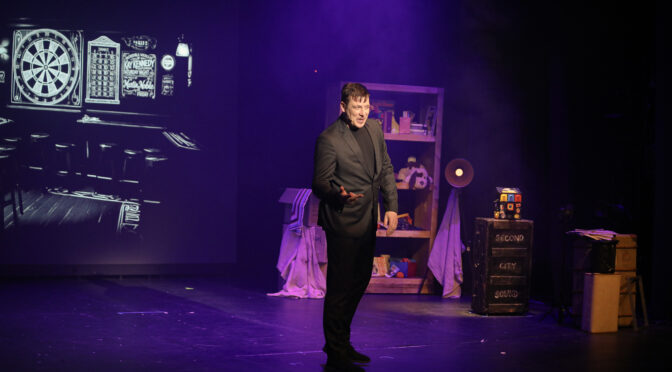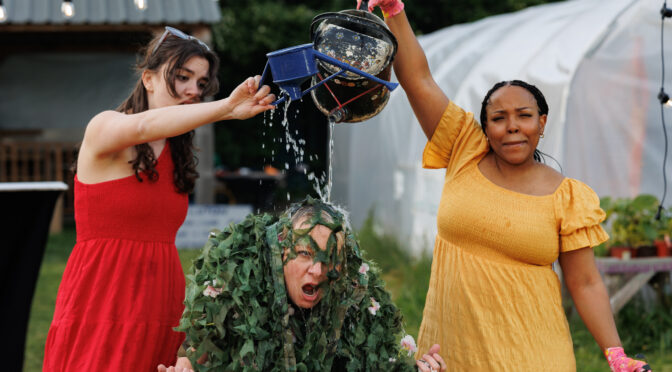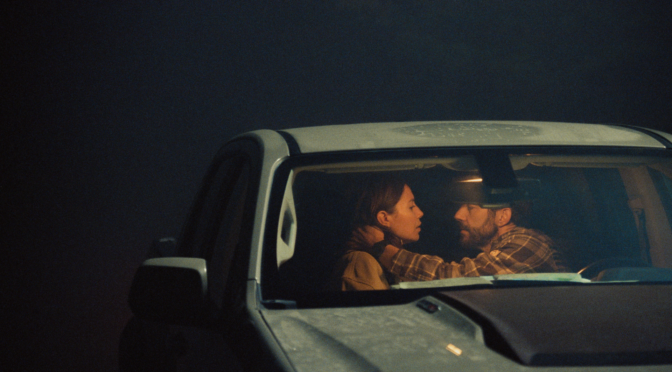THE GOLDMAN CASE starts silent, a full-on immersion into the context of the trial of Pierre Goldman, a left-wing intellectual, thief and revolutionary accused of multiple robberies and two murders in the imperialist and capitalist France of the 70s. We know Goldman before we see him – two letters read out loud, one to his friend, other to his lawyer, in which his personality shows and strikes us, and fills us watchers of questions.
This is the only moment of the film that happens outside the court. There are no flashbacks, no music to lead the audience on, just one place and moment – the second trial of Pierre Goldman after being convicted six years before – which we follow from beginning to end in this riveting film about the complexity of justice. Cédric Kahn, the writer (among Nathalie Herzberg, television and film screenwriter) and director mentions that ‘The audience’s presence helps bring across the notion that a trial is also an arena where a battle is being held: it is a cross between spectacle and a search for truth.’ ‘An arena where a battle is being held’ – there’re no better words to describe what we are about to witness.
Kahn got infatuated by the story years before transforming it into a movie. He talks about the process and his rejection of a biopic. THE GOLDMAN CASE is made up of a mix of interviews, newspaper articles and books that make the film as faithful as possible while also taking some liberties, a long process that shows and attracts us, fast-paced and intriguing, into this world we’re not sure we’re welcome to enter.
The style and cinematography are true to the time while also being contemporary. The colours and aesthetic transport the audience to the age the film is based on. THE GOLDMAN CASE is as well a story we can still relate to – a story about racism, classism, complexities of justice and how media shapes narratives: contemporary themes that sadly still shape our society fifty years later.
That Pierre Goldman is innocent or not doesn’t matter as much as the politics in France at the time and how the narrative was shaped, both by himself and by the press, before getting to where they are at the moment. Arieh Worthalter, the main actor, does an incredible job in showing us this duality, as we question him and his personality – just like the court questioned Goldman –and begin to love him – just like France did as the case unfolded.
As clearly stated on the film, this was ‘The case of the century – even if the century is far from ending’. And so it feels. With Cédric Kahn on the steering wheel and the amazing cast, THE GOLDMAN CASE is an emotional and compelling story well worth of its nominations and César award for best actor.
Review by Eva Mateos Rodriguez
Read Eva’s latest Film Review: Monia Chokri’s ‘The Nature of Love’ is an honest insight into adult affairs – in UK and Irish cinemas – Abundant Art
The Goldman Case is released in UK & Irish cinemas 20th September 2024 Certificate 12A & Running Time 115 Minutes Tickets: TheGoldmanCase.co.uk
WRITTEN AND DIRECTED BY CÉDRIC KAHN
STARRING:
ARIEH WORTHALTER – César Winner – Best Actor, The Goldman Case
ARTHUR HARARI –Academy Award, BAFTA and César Winner – Best Screenplay, Anatomy of a Fall







